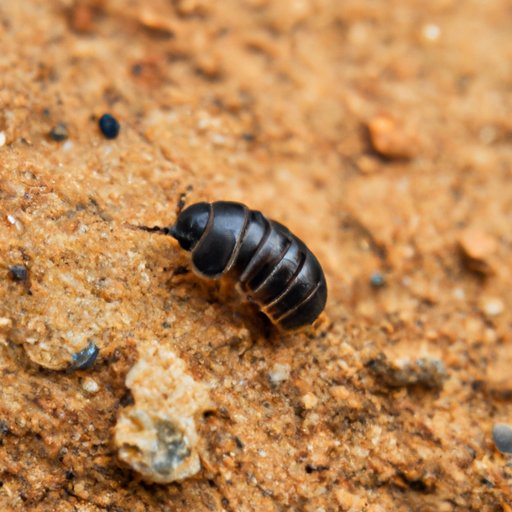
How to Get Rid of Pill Bugs: A Comprehensive Guide
Pill bugs, also known as roly-polies or woodlice, are common household pests that can cause a lot of damage if left unchecked. These small, gray-colored bugs are usually harmless, but when they invade your home, they can be a nuisance. If you’re dealing with a pill bug problem, don’t worry – with the right techniques, you can get rid of them for good. Here’s everything you need to know about how to get rid of pill bugs.
Identify the Problem
Before you can effectively eliminate pill bugs from your home, you need to know what you’re dealing with. Pill bugs are small, segmented bugs that are usually gray in color. They are sometimes called “roly-polies” because they can roll up into a ball when they feel threatened. These bugs are attracted to moist environments, and they usually come into your home when it’s damp and dark. They are not harmful to humans, but they can cause damage to plants and garden beds.
Eliminate Moisture
One of the best ways to get rid of pill bugs is to eliminate the moisture from your home. These bugs require a moist environment to survive, so if you can make your home dry, they will have no reason to stick around. Here are some tips on how to eliminate moisture from your home:
- Fix any leaky pipes or faucets
- Use a dehumidifier
- Ventilate your home
- Make sure your gutters are working properly
- Fix any drainage problems around your home
Remove Clutter
Pill bugs love to hide in piles of clutter or debris outside your home. By removing these piles, you can make your home less appealing to pill bugs. Here are some tips on how to remove clutter from your yard:
- Clear away leaf litter
- Remove piles of wood or debris
- Mow your lawn regularly
- Trim back any overgrown bushes or shrubs
- Keep your yard clean and well-maintained
Use a Barrier
Applying a barrier around the perimeter of your home can be an effective way to keep pill bugs out. There are several powdery substances that you can use to make a barrier that will repel pill bugs. Here are some options:
- Diatomaceous earth
- Crushed eggshells
- Borax
- Baking soda
To apply the barrier, simply sprinkle it around the perimeter of your home, focusing on areas where pill bugs are likely to enter.
Use Insecticides
If you’ve tried all of the above techniques and you’re still having trouble with pill bugs, it may be time to use insecticides. There are several insecticides on the market that are specifically formulated to target pill bugs. To use these insecticides effectively, follow the instructions on the label carefully. Here are some tips on how to use insecticides:
- Wear protective clothing and follow safety precautions
- Apply the insecticide according to the instructions on the label
- Focus on problem areas where pill bugs are likely to enter
- Repeat the application as necessary
Call a Professional
If you’re still having trouble with pill bugs after trying all of the above techniques, it may be time to call in the professionals. A pest control company can help you get rid of pill bugs for good. Here are some tips on how to find a reliable pest control company:
- Ask for referrals from friends and family
- Do your research online
- Check the company’s credentials and reviews
- Ask for a quote before hiring the company
- Make sure the company offers a guarantee
Prevention
Once you’ve eliminated your pill bug problem, it’s important to take steps to prevent future infestations. Here are some tips on how to prevent future pill bug problems:
- Keep your home clean and dry
- Fix any leaks or drainage problems
- Keep your yard well-maintained
- Seal up any cracks or openings in your home
- Use a barrier around the perimeter of your home
Conclusion
Dealing with a pill bug problem can be frustrating, but with the right techniques, you can get rid of them for good. By eliminating moisture, removing clutter, using a barrier, and using insecticides (if necessary), you can effectively get rid of pill bugs. And by taking steps to prevent future infestations, you can ensure that your home stays pill bug-free.





